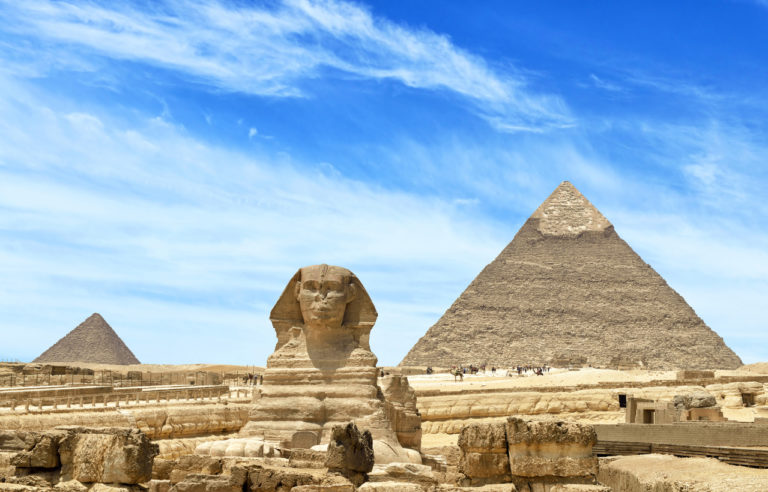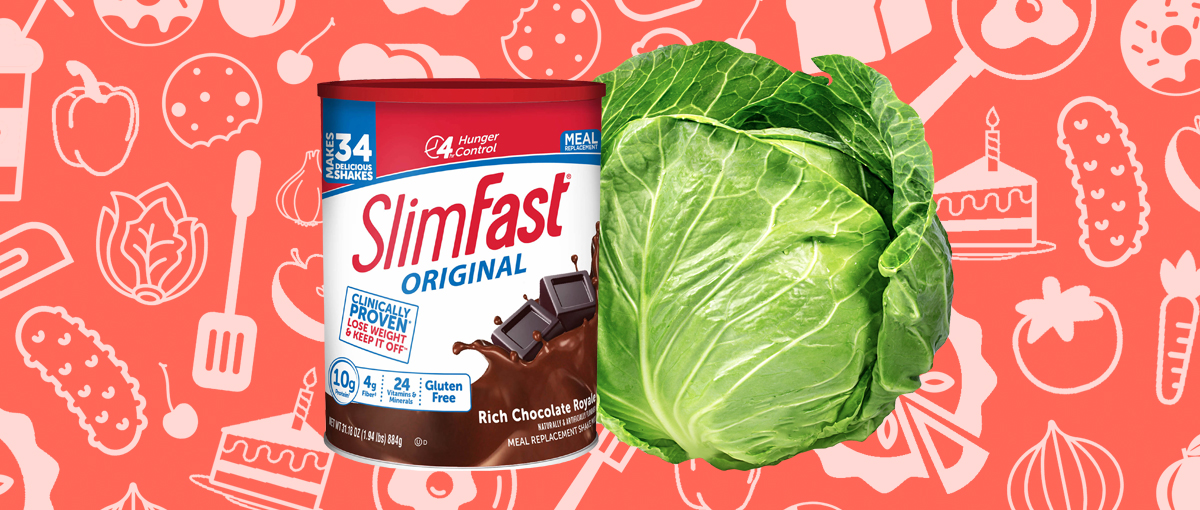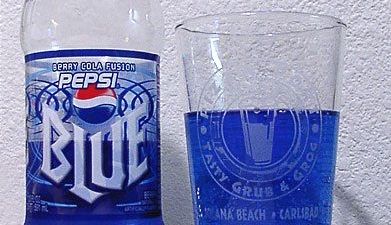When we think of the incredible feat that is the Egyptian pyramids, built between 2580 and 2560 BC, it sort of makes our heads spin. For one, we’ve been long unsure of how the Egyptians built the wondrous pyramids, which are perfect constructions that indicate technology and prowess far beyond what one would assume was possible at the time.
Built as a way to honor the pharaohs and queens, the precision and expertise used to construct the 80 pyramids is certainly a wonder to behold. Of course, theories have been posited over time, many more realistic than others. It’s obviously way more fun to believe that aliens landed to lend their martian technology to the Egyptians‘ efforts, but it’s probably more likely that the Egyptians rigged some sort of spectacularly intelligent device.
Look, as wild as it may seem, the building of the pyramids was a human endeavor, made possible by vision, dedication, and a vast workforce.
According to a published article in the Physical Review Letters, the ancient Egyptians may have built a contraption to help them move massive stone blocks across the desert. How so? By wetting the sand in front of the contraption, which apparently allowed them to move the stones “more easily across the surface. This is because droplets of water create bridges between the grains of sand, which helps them stick together…”
Just think about how you build a sandcastle: with wet sand. Same idea, right?
And then there’s the 4,500-year-old ramp that was discovered, shedding some light on the great wonder. According to Newsweek, the ramp “could provide insights into the enduring mystery of how the massive limestone blocks, which make up the majority of the pyramid, were hauled up its sides.”
Talk about progress.
And while one ramp isn’t necessarily an explanation, it does reveal just how advanced the ancient Egyptians were when it came to creating solutions for their monolith structures. Now, regardless of how the pyramids were built — STILL NOT GOING THE ALIEN ROUTE, GUYS — the fact is that it took work. Real, serious, hard labor. The workers had to be strong and capable and well-fed. It must have taken some serious carbs to build the pyramids…
So, let’s find out.
Before looking at what the workers ate, it’s interesting to take a glimpse at Ancient Egyptian cuisine in general.

Despite the lack of greenery — we’re talking about the Egyptian desert landscape here — the annual flooding of the Nile river allowed for fertile, lush crops.
This made eating well in ancient Egypt a possibility for the masses — although famine did eventually occur. The ancient Egyptians grew tons of wheat and barley (and made lots of beer!). The rich typically feasted on wine from pomegranates, grapes, and plums. Depending on what a person could afford, they also ate tons of beans, lentils, cucumbers, grapes, figs, dates, and meat, like sheep, goat, cattle, and pig.
Sounds like a balanced meal to us.

According to History Extra, the class system definitely defined the daily menu, which meant that not everyone had access to the same foods.
“While the elite dined off meat, fruit, vegetables, and honey-sweetened cakes enhanced by the finest of wines, the poor were limited to a more monotonous diet of bread, fish, beans, onions and garlic washed down with a sweet, soupy beer.” Ancient Egyptians definitely ran bakeries, breweries, and granaries — all of which fed their pyramid-building workforce. And there were a lot of mouths to feed! The Greek historian Herodotus wrote that 100,000 workers built the pyramids, but Egyptologists today place the number between 20 and 30,000, or less.
Interestingly, there’s also evidence that the pyramids were built by different “tribes” or groups of people, possibly competing against one another.
People probably came from all over to take part in the building of the pyramids — many that had never, ever seen something so incredible (or huge) in their lives.
While some have speculated that the pyramids were built by enslaved peoples, there is evidence to suggest that this wasn’t the case. According to Harvard Magazine, people built the pyramids as a service to a lord. Archaeologist Mark Lehner specifically stated, “Egyptian society was organized somewhat like a feudal system, in which almost everyone owed service to a lord. The Egyptians called this ‘bak.’ Everybody owed bak of some kind to people above them in the social hierarchy… Even the highest officials owed bak.”
But there were other perks: Besides serving a lord, the workers were also being cared for and fed very well…
…better than they’d likely be eating if they weren’t building the pyramids.
The pyramid builders in Giza were probably given catered food every single day to keep them going.
In fact, Live Science says that the remains of a catering operation were found near the pyramids, in an area called Heit el-Ghurab (where the workers lived, nearby the Sphinx), indicating that food was probably supplied to the workers. They probably ate a ton of meat. We’re talking 4,000 pounds of the stuff — EVERY SINGLE DAY.
And all the workers, regardless of their class, got to eat it. They were probably offered cattle, sheep, and goat — specifically slaughtered to feed the thousands of workers who erected the iconic pyramids.
After all, they were doing important work that would have a significant effect on history.
According to Richard Redding, chief research officer at Ancient Egypt Research Associates, “People were taken care of, and they were well fed when they were down there working, so there would have been an attractiveness to that… They probably got a much better diet than they got in their village.”
Apparently, it took 21,900 cattle and 54,750 sheep and goats to feed the Giza workers.
That’s a lot of food for a lot of people — and not just because they’re hungry. It’s because protein provides the energy needed for hard work.
It’s estimated that the builders probably needed about 45 to 50 grams of protein every day.
The workers probably ate sheep, goat, and pig to get their protein intake. They’d have lots of grains, too, since that was a staple in the Egyptian diet. According to Live Science, they’d also consume lots of fish, beans, lentils, and non-meats. But what about cheese or dairy? These foods were probably not on the table since it was harder to come by and harder to transport.
There’s nothing like gorging on cheese out in the sun while you build a gigantic pyramid, ya know?
It’s thought that the bosses ate the cattle, since it was the most prized food in ancient times, even appearing in tomb art.
Everyone else probably fed on other kinds of meat. Which still wasn’t too shabby, if you’re asking us. Meat was so important to the ancient Egyptians that when they died, they entombed the meat as well so that they could enjoy it in the afterlife. (Hey, at least they were prepared for whatever would come their way, in both life and in death.)
We respect their proactive thinking.
Turns out that bodies weren’t the only things being mummified.
According to National Geographic, “To keep these highly perishable foods tasty until the end of time, the Egyptians mummified them.” Yep, they dried them with salt, bandaged them, and covered them in resin — just like they did with a body. In the tombs belonging to King Tut’s grandfather and great-grandfather, archeologists found veal, antelope, geese, duck, and pigeon. In fact, they found 17 boxes of the above — all set to feed the men in their afterlives.
Beyond chowing down on all sorts of meat, the workers also drank a whole lotta beer.
Beer back then was seriously hearty and starchy, and had the consistency of a milkshake — a true meal. According to Ars Technica, workers were gifted about four to five to liters of beer each day. But most Egyptian beers weren’t super alcoholic. In fact, the brew probably tasted sweeter than beer as you know it, since it might have contained flavoring from dates or honey.
So, no, no one was too drunk on the job — although one can never really know!
In fact, Patrick McGovern, an archeologist, told the Smithsonian that there would have been an uproar if the beer wasn’t provided.
“It was a source of nutrition, refreshment, and reward for all the hard work,” McGovern says. “It was beer for pay. You would have had a rebellion on your hands if they’d run out. The pyramids might not have been built if there hadn’t been enough beer.” This is crazy to realize, but is definitely a fun trivia fact.
Beer is truly more historical than one might think.
Fun fact: The Ancient Egyptians were all about their spiked beverages, using olive oil, bog myrtle, mugwort, carrot, and hemp to kick up the flavor (and the drinker’s altered state).
Interestingly, the workers probably didn’t drink too much water. Apparently, the water from the Nile wasn’t exactly good for them, so they stuck with the beer. But things were a bit different for temporary workers — people who were rotated in and out to work only for parts of the year. According to the BBC, these temporary workers were given rations (ten loaves and a measure of beer), while supervisors were given rations that allowed them hundreds of loaves and way more beer.
But, what else did the workers get for their effort?
Aside from food, it seems the workers were well-cared for.
When experts look at skeletal remains, they revealed healed bones, which means the workers received care as well. More than that, many of them were probably given housing and water — which was probably a fairly sweet deal at the time. So while building the pyramids was a lot to handle, it seems that workers were thoroughly rewarded for their hard work and dedication.
So there was no need for an uprising, thankfully.
More so, working on the pyramids definitely carried symbolic power.
In fact, the triangular shape may have symbolized the sun and the power of life itself. To the ancient Egyptians, the top of the pyramid was a stone called “Benben,” which was, as part of a creation myth, seen as a mound that arose from primordial waters. So if you are ever lucky enough to see the pyramids in person, know that there is a lot more going on beneath the surface.
Between the flowing beer, the opportunity to take part in history, and the chance to fulfill a social duty, their years of effort paid off in incredible ways. To this day, the pyramids are considered a wonder of the world.
Cheers to the workers who made history!








